SharkEye, a pioneering initiative at the University of California Santa Barbara’s Benioff Ocean Science Laboratory (BOSL), is using drones and Artificial Intelligence to monitor shark activity and protect swimmers at Padaro Beach, California. According to CNN, this innovative approach combines drone surveillance with machine learning to enhance shark detection accuracy.
The SharkEye System
SharkEye employs drones to monitor the waters off Padaro Beach, a popular spot for young surfers that has recently seen an increase in juvenile great white shark activity. The system sends text alerts to about 80 subscribers, including lifeguards and local businesses, when sharks are spotted.

Neil Nathan, a project scientist with BOSL, explained the potential of this technology:
“Automating shark detection … can be really helpful for a lot of communities outside of ours here in California.”
AI vs. Human Detection
While human-monitored drones have been used for shark detection in various locations, their effectiveness is limited. A study found that human operators only detect sharks about 60% of the time. SharkEye aims to improve this by incorporating AI technology.
The project is currently field-testing its AI model against human drone pilots. Early results are promising, with the AI sometimes detecting sharks that human operators miss. Nathan reported that the AI is performing “incredibly well” in these tests.

Future Developments
SharkEye plans to make its AI model freely available for researchers to modify and improve. The team also aims to develop an app that allows lifeguards and drone hobbyists to easily analyze their footage for shark detection.
While the current system still relies on human analysis for community alerts, Nathan anticipates that AI-assisted reporting could be implemented by the end of this season or early next summer.
Challenges and Adaptability
The effectiveness of AI in shark detection can vary depending on environmental conditions. SharkEye’s team is optimistic about the model’s adaptability to other California coastal areas but acknowledges that more significant retraining might be necessary for different environments, such as Hawaii’s waters.
DroneXL’s Take
The use of AI-enhanced drones for shark detection represents a significant advancement in beach safety technology. This approach not only helps protect swimmers but also contributes to our understanding of shark behavior and habitat preferences. As Drone Technology continues to evolve, we can expect to see more applications in Wildlife monitoring and conservation efforts.
For more information on the latest developments in drone technology, check out our recent article on advancements in drone-based wildlife monitoring.
Photos courtesy of CNN / Benioff Ocean Science Laboratory
Discover more from DroneXL
Subscribe to get the latest posts sent to your email.
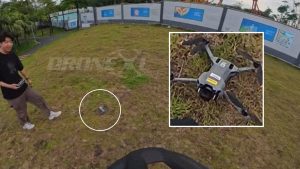
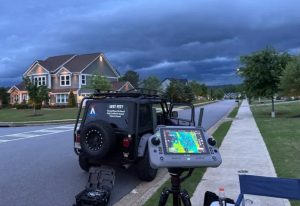
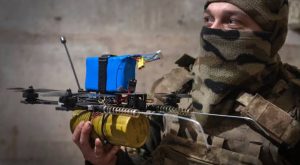
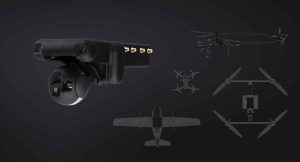
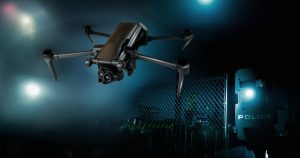
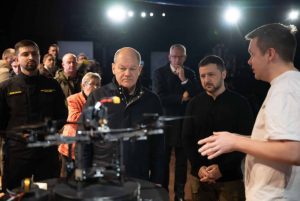

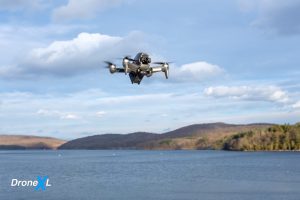
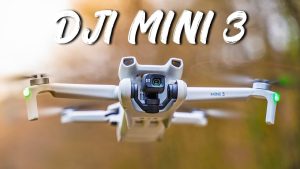
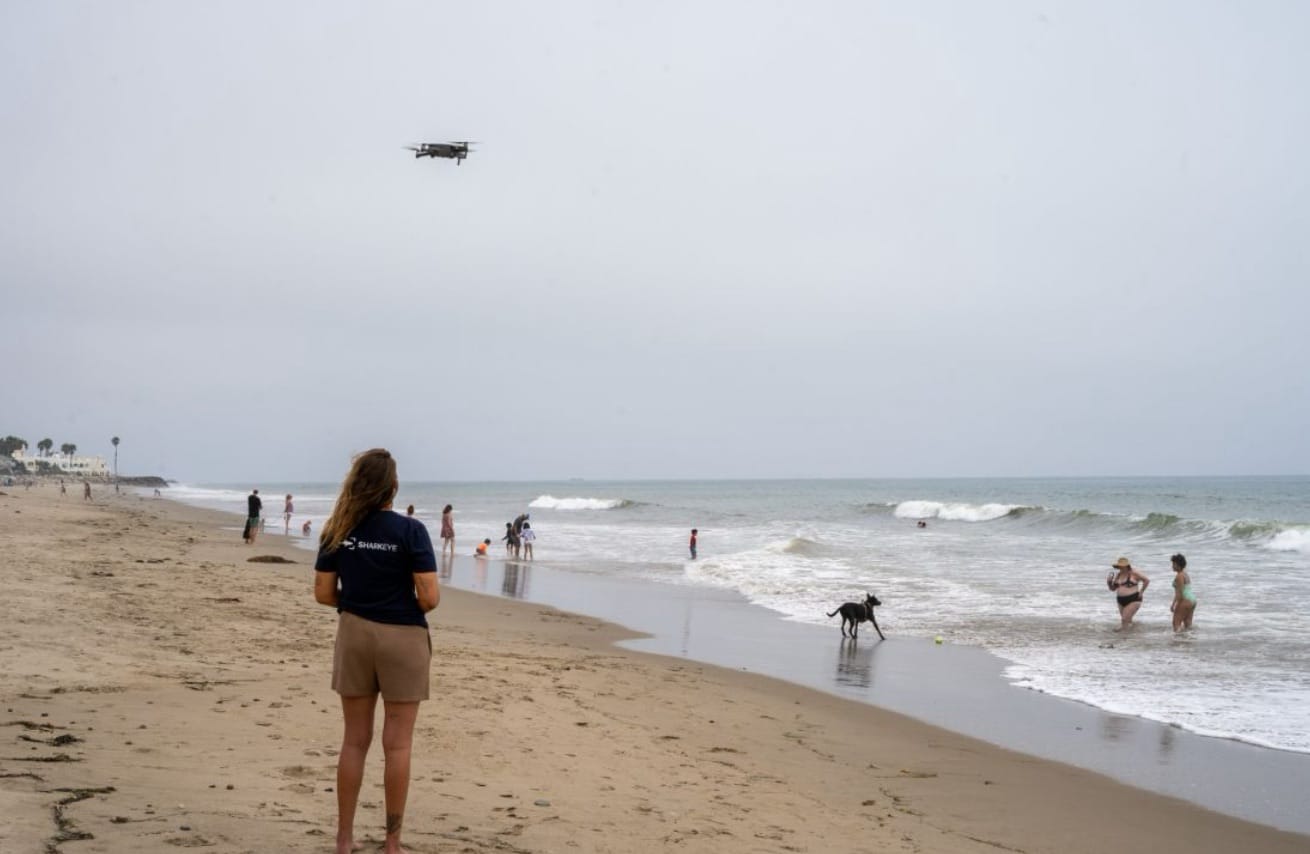

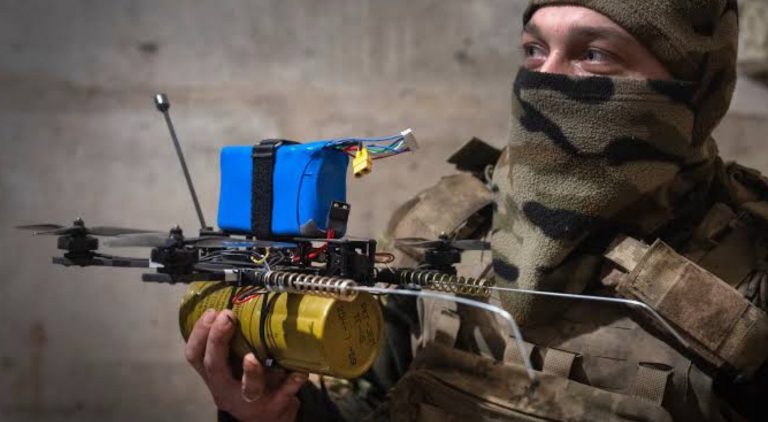
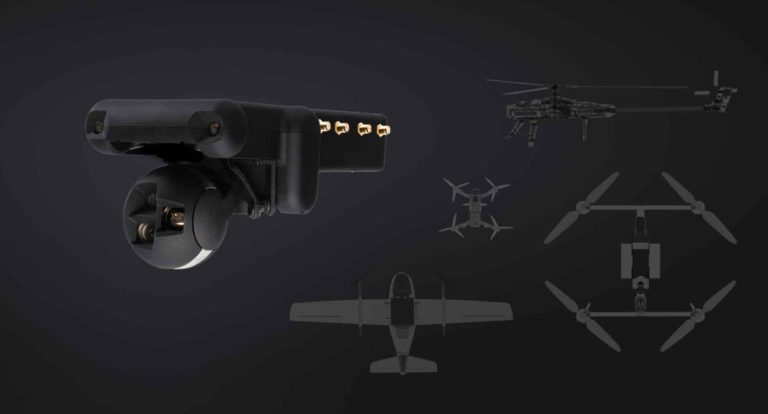
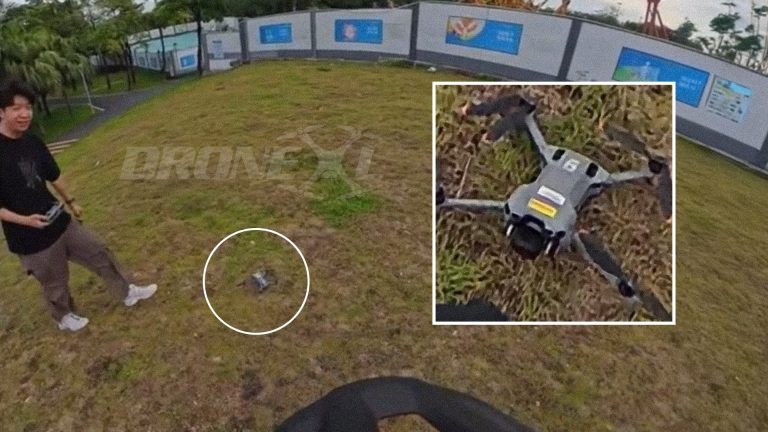
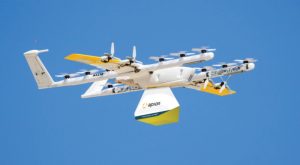

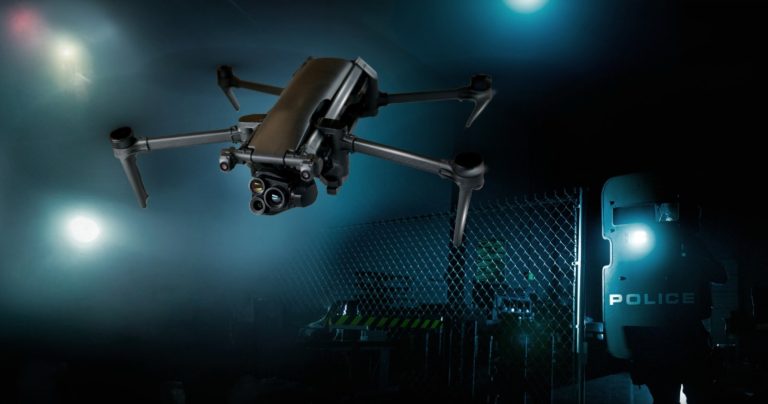
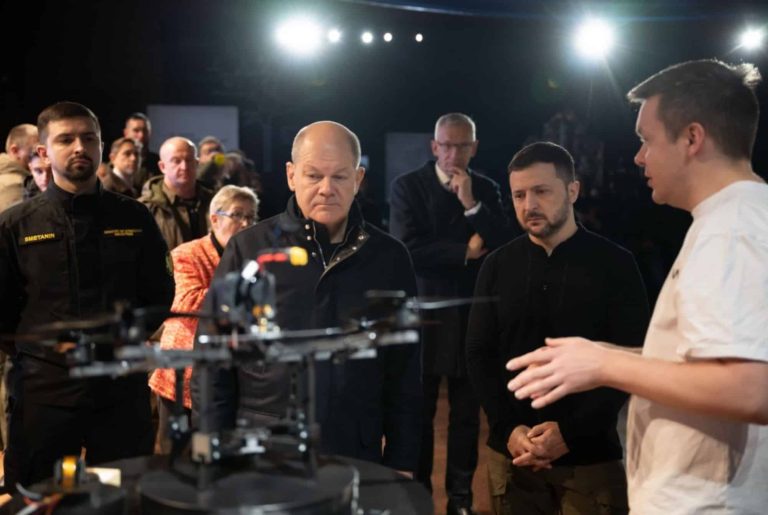

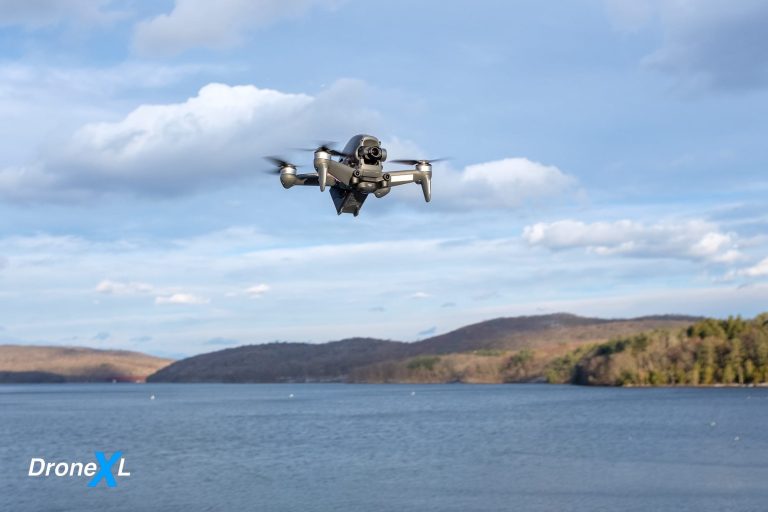
+ There are no comments
Add yours